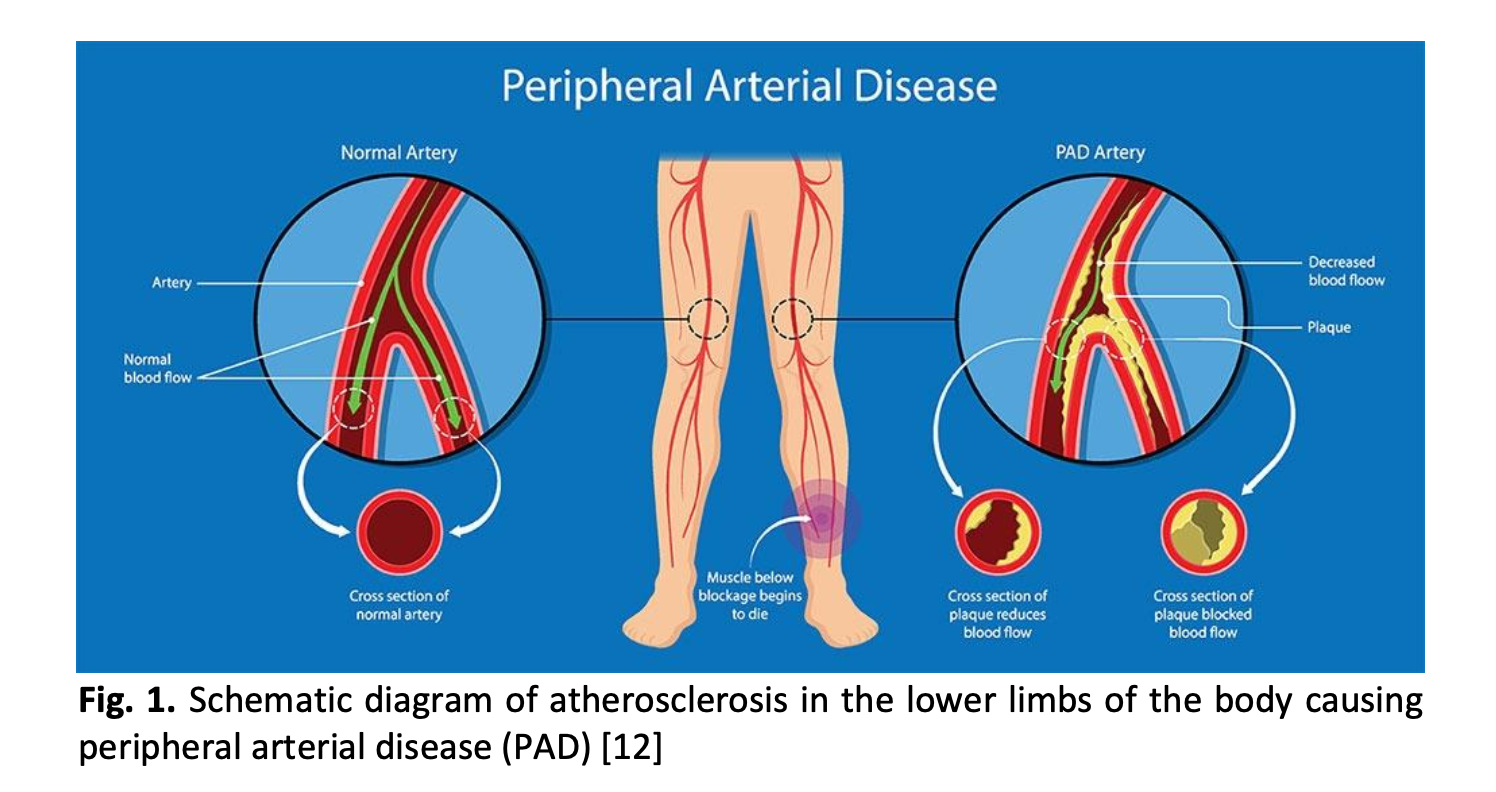Numerical Approach for The Evaluation of Hemodynamic Behaviour in Peripheral Arterial Disease: A Systematic Review
DOI:
https://doi.org/10.37934/arfmts.103.2.95117Keywords:
Peripheral arterial disease, computational fluid dynamics, fluid structure interactionAbstract
Reduced blood flow to the lower extremities causes peripheral arterial disease (PAD), which is caused by atherosclerotic plaque in the arterial wall. If this impairment is not treated, it will result in severe vascular diseases like ulceration and gangrene. Previous research has shown that while evaluating the pathology of the peripheral artery, the assumption of the model geometry significantly impacts the uncertainty of the stenosis area. However, more work needs to be done to understand the interaction between mechanical better and flow conditions in the peripheral artery using a separate computer model of the cardiovascular system. This paper reviews the numerical approach on pre- and post-treatment of hemodynamic behavior in peripheral arterial disease (PAD). The goal of this study was to thoroughly examine the most recent developments with the application of computational studies in PAD from 2017 to 2022. While FSI investigation highlights the behavior of both the fluid and structure domains (blood and artery) during the numerical analysis of blood flow, CFD simulations primarily focus on the fluid domain (blood) behavior. Out of 92 research publications, 19 were appropriate for this assignment. This thorough study divides the publications into the categories of CFD, and FSI approaches. The results were then reviewed in accordance with the wall characteristic, analytical method, geometry, viscosity models, and validation. This paper summarizes the parameters of geometrical construction, viscosity models, analysis methods, and wall characteristics taken into consideration by the researchers to identify and simulate the blood flood flow in the stenosis area. These parameters are summarised in this study. Additionally, it could offer systematic data to help future studies produce better computational analyses.
Downloads

































